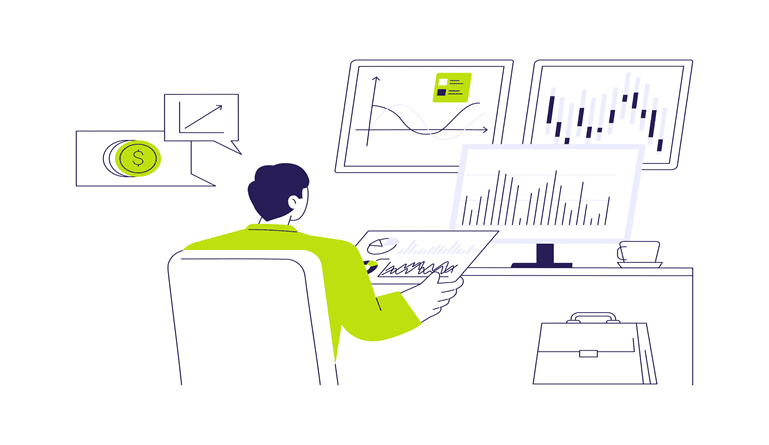Transformation in payment processing aims to get faster.
This article focuses on addressing the trends impacting the future of payments.
Trends Impacting the Future of Payments
Incorporating the new payment trends is essential for any company offering goods and services which intends to serve and fulfill the financial demands of customers. Payment modes are evolving more rapidly than any other sector of commercial services, swayed by the increased competition due to a rise in the number of FinTechs, improvement in digital technology that supports new payment methods, and spiraled consumer demands for value-added services. Payment infrastructure requires next-generation tools to enhance the customer experience. Alternative methods such as wearables and contactless continue to gain widespread use.
The first driver for future payment methods is likely to be the need for instant payments. Instant payments will become catalysts for next-generation payments technology providing clients with better and faster payment solutions.
Therefore, embarking on an immediate payment initiative requires financial institutions to overcome internal obstacles, selecting a scheme, and understanding the differences, planning around unexpected volumes, and creating an efficient, practical approach to modernization. The primary reason is that such payments are prone to more risks, even if they satisfy the consumer demand for instant gratification.
Top Payment Trends 2018
The acceptance of mobile payments will also shape the future of payment trends, especially in 2018. The young generation is highly addicted to smartphones, forcing banking institutions to come app with online applications like the Google Wallet. Nearly 25% of consumers have abandoned traditional banks and adopted the digital wallet offered by other banks and other third parties. The advantage of such systems is that they provide real-time data and aggregated account data on a mobile wallet (Mobile Payments: Trends and Insights 1) Therefore, the inconvenience of having to attach value to cash payments has forced the acceptance of digital payments, which is not the case for digital payments.
The increase in the use of cryptocurrencies by businesses and consumers alike is also a new payment trend. Ethereum and Bitcoin currently have a combined market value of $500 billion. People are slowly accepting this method as the future technology, though there are still limited ways of spending these currencies because some merchants do not allow them for payments. To counter this challenge, a blockchain startup in Silicon Valley called OPEN Platform has developed an application programming interface that will enable application developers to connect OPEN’s API and begin accepting cryptocurrency without the need for technical knowledge.
Without government regulation, the future of payments would not exist. Payment methods require validation by relevant authorities to gain the trust of consumers. Most consumers are afraid to embrace the emerging trends because governments do not endorse them. Therefore, these methods appear like the typical financial scams. With the popularity of cryptocurrencies in 2017, consumers knew it had the potential to gain mainstream acceptance. The problem was the volatility associated with such payment platforms, and financial regulators had to intervene and initiate the crackdown on shady practice to ensure sanity prevails.
Ultimately, with the spread of the internet of things, the future of payment technology will be more convenient that it is currently. It is understandable that traditional methods will not vanish abruptly, but with the internet, 2018 will prove to be a successful year for consumers. Voice technology, machine learning, and big data will dominate the financial market. Machine learning intelligence will enable software applications to develop algorithms able to collect input data and apply statistical interpretation to forecast yield. In the consumer world, an example would be the ability of retail chains to use behaviors and demographics to predict which consumers are most likely to purchase an item and use ads to target those individuals.




